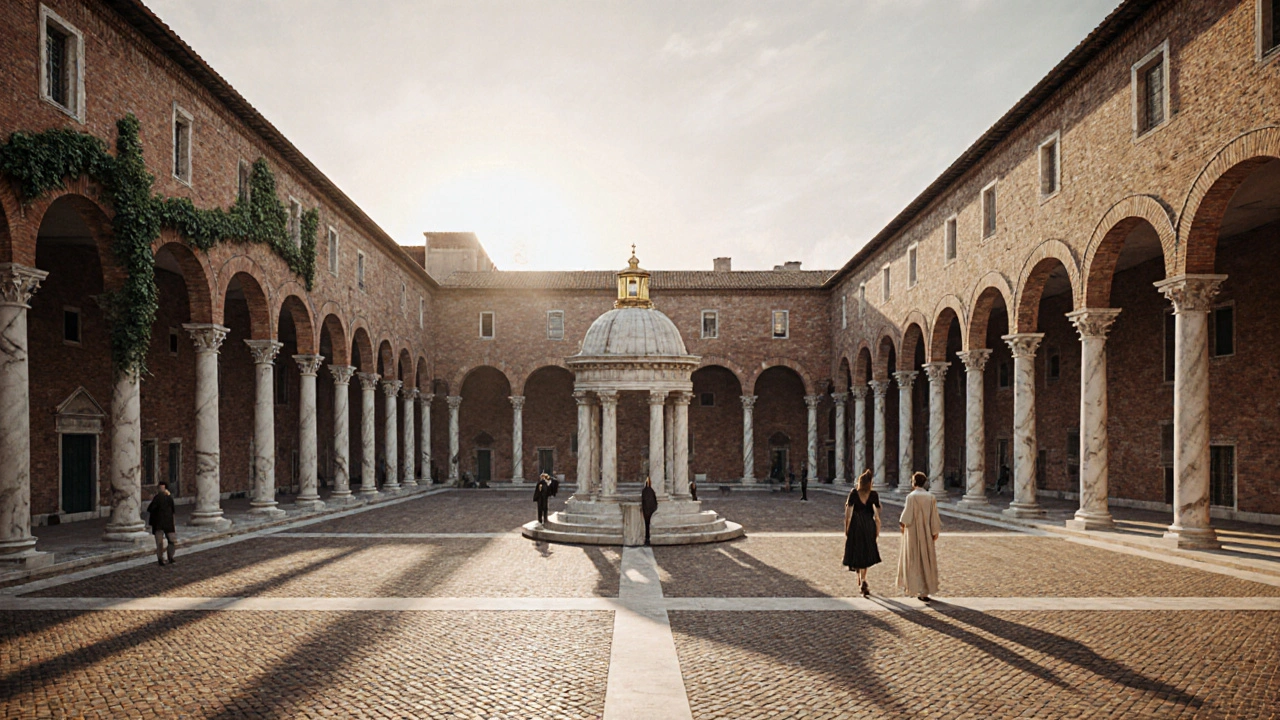Explore how Renaissance architecture's symmetry, proportion, and classical orders still shape modern urban structures, with real examples, design tips, and a handy FAQ.
Urban Structures
When talking about urban structures, the built forms that shape our cities – from towering skyscrapers to modest townhouses. Also known as city buildings, they combine art, engineering, and community needs. Another key piece of the puzzle is architectural style, the design language that gives each structure its character, like Baroque drama or Neo‑Futurist sleekness. Design language helps us read a building’s era and purpose. Equally important is urban planning, the strategic process that decides where and how structures fit into the city grid, often called city planning. Finally, historic architecture, the legacy of past building techniques and styles that still guide today’s designers provides the cultural backbone for many modern projects. Together, these concepts create a web: urban structures encompass architectural style; urban planning guides the placement of urban structures; historic architecture influences modern urban structures. This network of ideas sets the stage for the collection you’re about to explore.
Why Urban Structures Matter Today
Modern cities are living labs where every street corner, park, and high‑rise tells a story. Understanding urban structures means recognizing how a Dutch Colonial Revival house with its gambrel roof (a classic architectural style) fits into a suburban layout shaped by zoning laws (urban planning). It also means seeing how Roman forums, with their grid‑based streets and massive arches, still inspire contemporary city blocks (historic architecture). The shift toward high‑tech glass towers shows how construction techniques evolve, yet they still rely on age‑old principles like load‑bearing walls and wind resistance. By linking the past to the present, you can see why a postmodern office building might borrow playful details from Rococo while complying with modern zoning codes. Each article below highlights a different facet—whether it’s the drama of Baroque facades, the clean lines of Constructivist blocks, or the functional flow of ranch‑style homes—showing how diverse styles and planning strategies shape the skyline.
Below you’ll find a curated set of articles that break down these themes one by one. From the timeless charm of Georgian symmetry to the futuristic promise of Neo‑Futurism, each piece offers practical insights, visual examples, and clear explanations. Scan the list to discover how specific styles, planning principles, and historic influences converge to create the urban structures we live, work, and play in every day.

